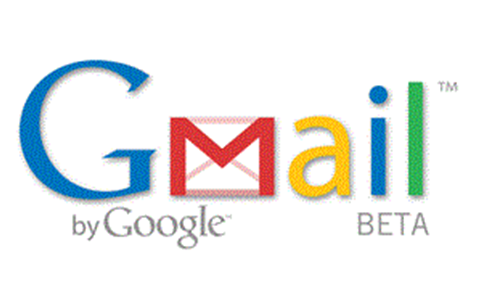Google has added two features to Gmail which it claims will offer a quick and easy way to add attachments and related media to messages.
Chrome and Firefox 3.6 users can now drag-and-drop files into the email body when attaching them. This replaces the usual method of clicking the 'attach a file' option, and will be helpful for users who already have the associated folder open and a number of files to attach.
"Suppose I want to attach some files to an email, and I already have a folder open containing those files. I used to have to click 'Attach a file', find the photos, click them, etc. [Now] I can just drag and drop the files to attach them," said Google software engineer Adam de Boor in a blog post.
The feature will be enabled for other browsers "as soon as they support the feature", de Boor explained.
Google also announced new features for its Calendar application, again designed to save time.
Users can now check contacts' schedules and see when they are available before sending out an email or invitation for an event. Users can also create calendar events from inside Gmail.
Oana Florescu, a software engineer at Google, said in a blog post that the additions would help users to keep on top of dates and appointments. Contacts will have to agree to share their schedules for the feature to work.
Google adds drag-and-drop to Gmail
Staff Writer on Apr 19, 2010 8:51AM

Got a news tip for our journalists? Share it with us anonymously here.
Partner Content

Tech Buying Budgets for SMBs on the Rise

Tech Data: Driving partner success in a digital-first economy
_(11).jpg&h=142&w=230&c=1&s=1)
The Compliance Dilemma for Technology Partners: Risk, Revenue, and Reputation

Promoted Content
From Insight to Opportunity: How SMB Service Demand is Shaping the Next Growth Wave for Partners

Shure Microsoft Certified Audio for Teams Rooms




.jpg&w=100&c=1&s=0)
_(8).jpg&w=100&c=1&s=0)







.jpg&q=95&h=298&w=480&c=1&s=1)





